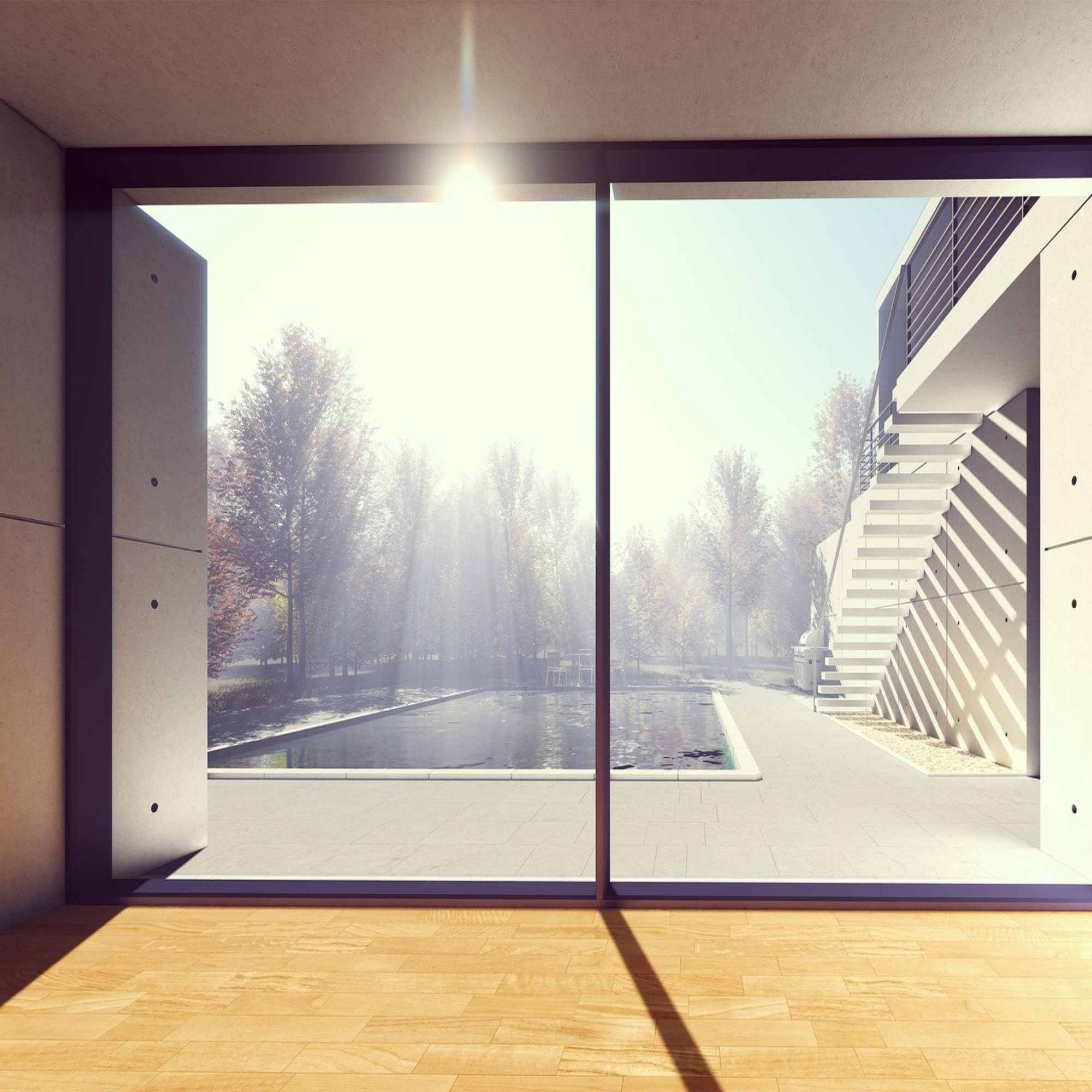
Architecture and lighting are concepts that always go together. In the early stages of any real estate project, the evaluation of light is essential to play with textures, color, highlight spaces, and even awaken sensations in the people who inhabit the place.
Have you ever stopped to analyze the influence of light in your daily life? Homes that have natural lighting are warmer, more welcoming, have the possibility of creating gardens and, even better, they have alternatives to save energy. For this reason, both concepts are so closely linked, and below we will tell you the advantages of considering architectural lighting as the central axis of a real estate project.
Energy efficiency
Natural lighting is the easiest way to save on electricity rates since it allows the lights to be turned on for less time at night, as well as opening doors and windows to allow air to pass through on warm days so that light and the air, without having to turn on the air conditioning system.
But not only natural lighting is important, artificial lighting is essential for our daily life. For a couple of decades now, LED spotlights have been the most widely used alternative because they generate low energy consumption, do not generate heat or magnetic fields, have a longer useful life and are available in different sizes and colors, which fit perfectly with the rest of the décor, while also helping to keep the gauges low.
Play of colors
Lighting in architecture is not only important to complement the decoration, but to increase the functionality or meet the objectives of the spaces. For example, warm colors are recommended for living rooms, bedrooms, office receptions, and places where red, amber, sepia, and yellow are abundant.
Cold light, on the other hand, is ideal for illuminating rooms that have blue, gray or green tones, that is, offices, dining rooms, kitchens, reading rooms, toilets, among others where greater luminosity is required.
Automation and technology
Lighting does not escape the technological advance that prevails in our lives, including professional sectors such as architecture. Control and automation systems are integrated into smart grids to automate power-up, control light intensity, provide the right amount of light, and maximize energy savings.
Lamps and luminaires
Although the choice of lamps is a matter of interior design, it is important to contemplate the idea of placing them in strategic areas to provide comfort and functionality. For example, the lamps in the living room help to have an atmosphere of greater relaxation, while in the offices they allow to direct the light to the place where it is needed.
On the other hand, the luminaires in the exteriors such as gardens, terraces, balconies or garages, in addition to fulfilling a functional characteristic, create the ideal atmosphere to enjoy the spaces, give comfort and awaken feelings of tranquility. In addition, by integrating with security systems, these luminaires can be turned on by sensors or automation systems to bring light when it is needed and save by not having them turned on unnecessarily.
As you have seen, lighting is essential in architecture, regardless of whether it is residential or commercial projects, it will always have an effect on the environment, aesthetics and emotions. At Cafeína Design we are a firm of architects with a long history and experience in residential projects, sustainable architecture, office design, real estate developers and more.
We invite you to view our portfolio and contact us through our form for more information, we will gladly assist you.